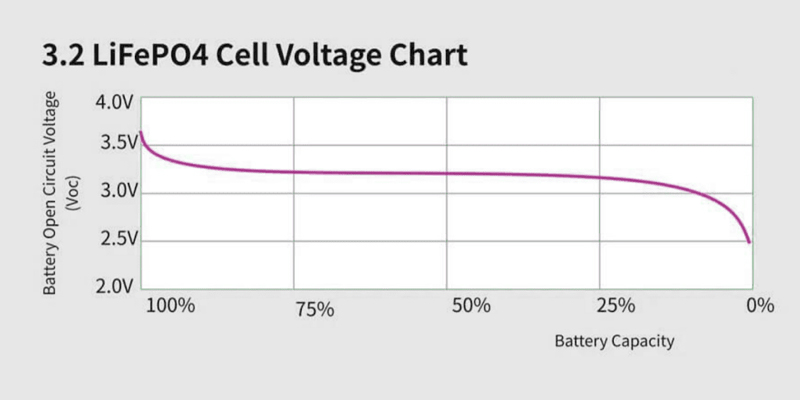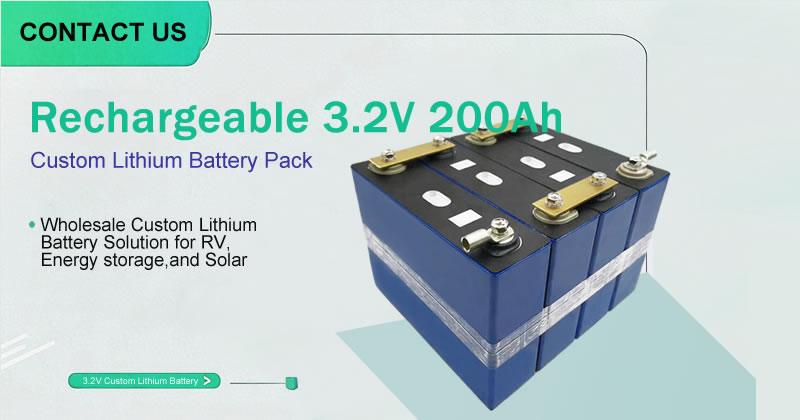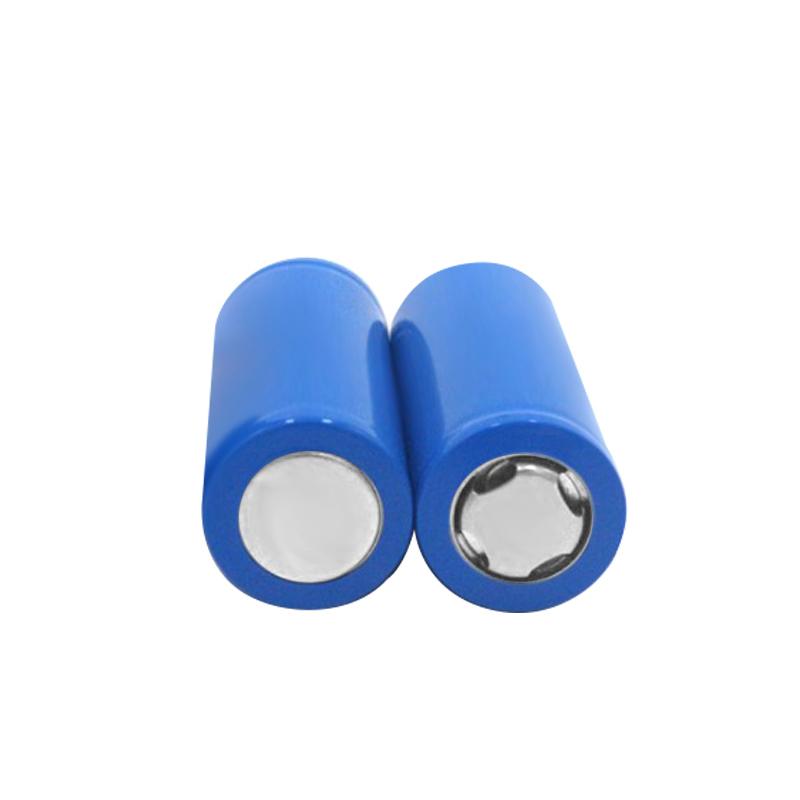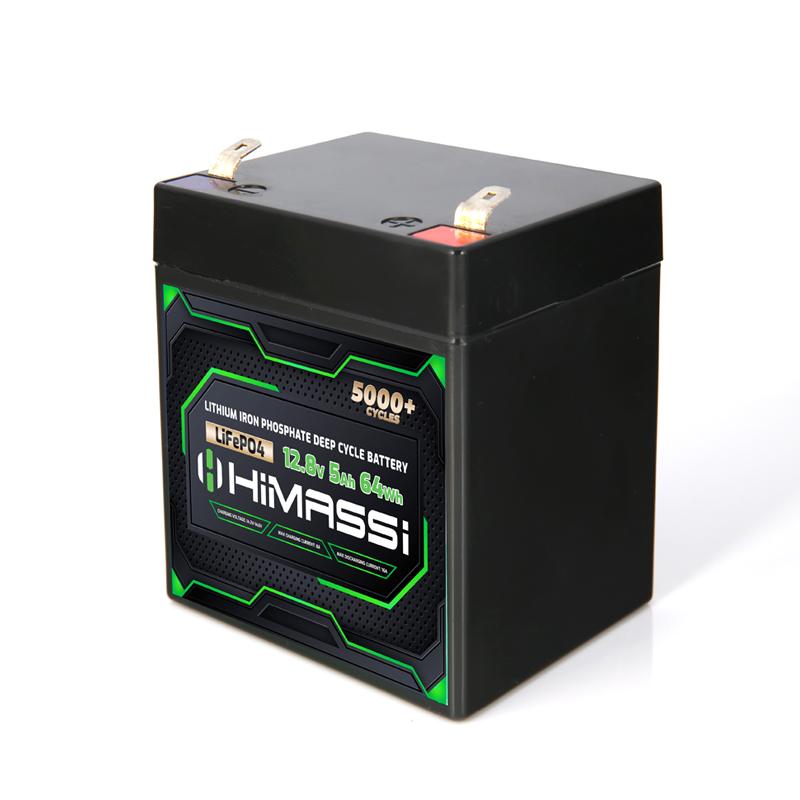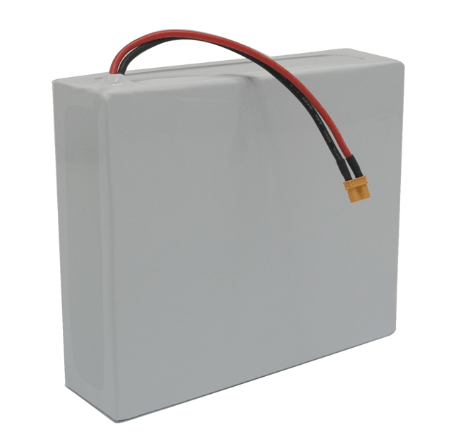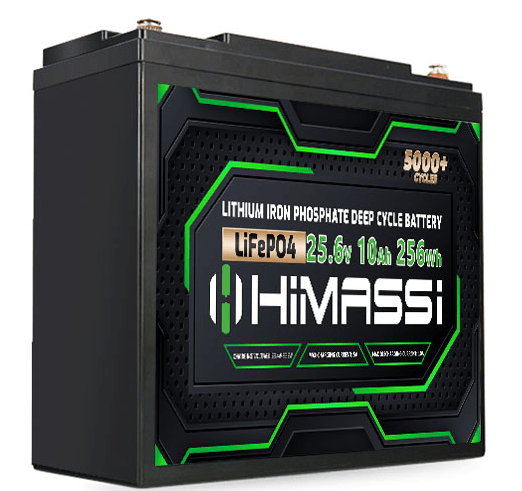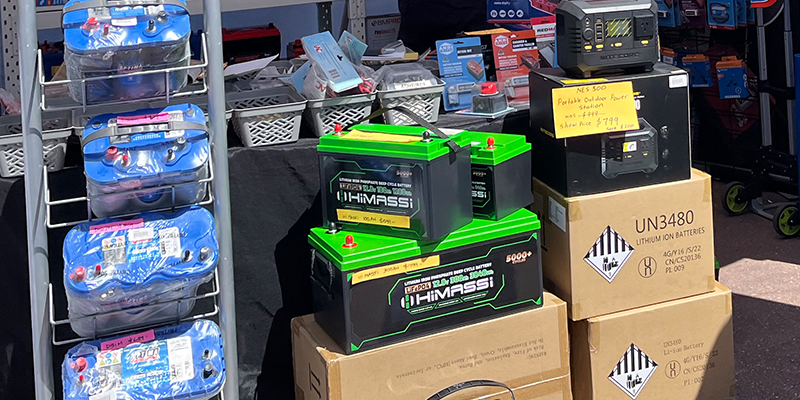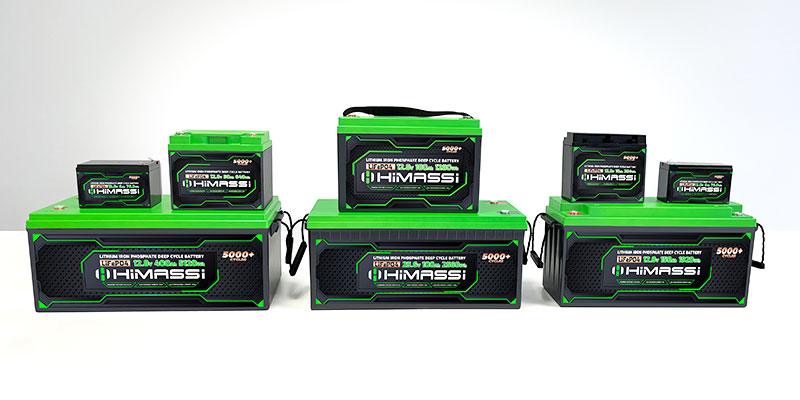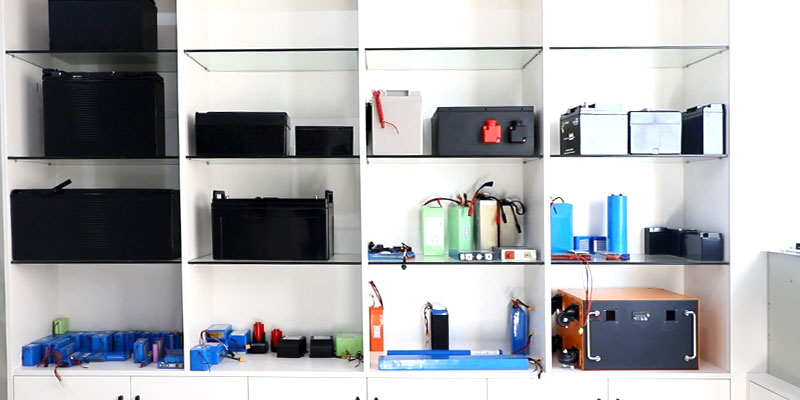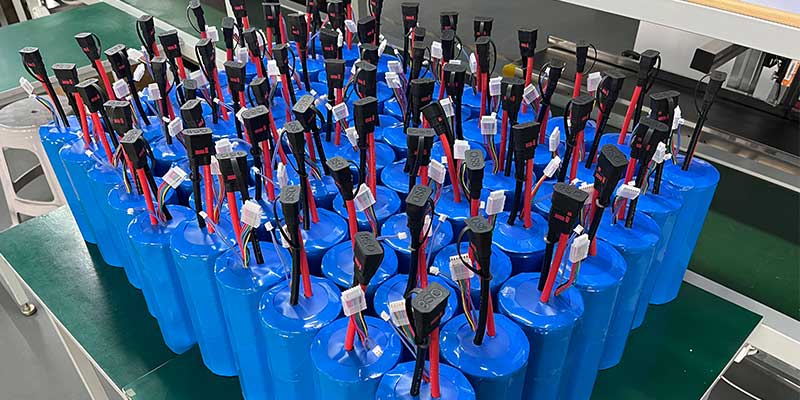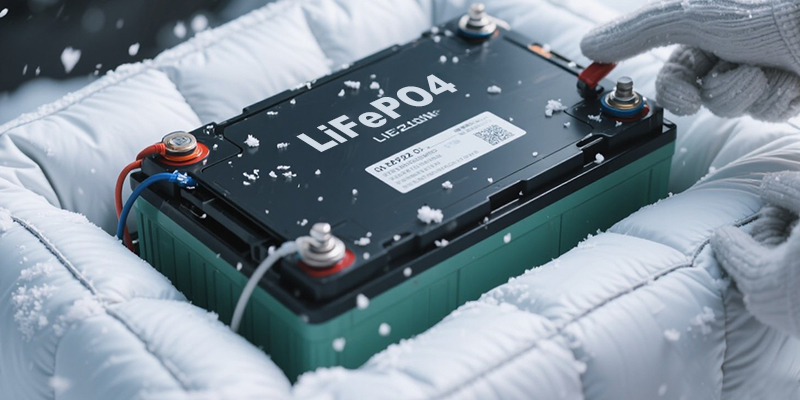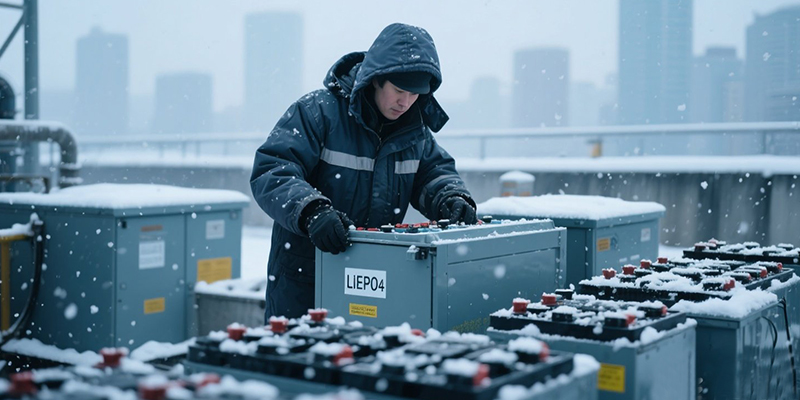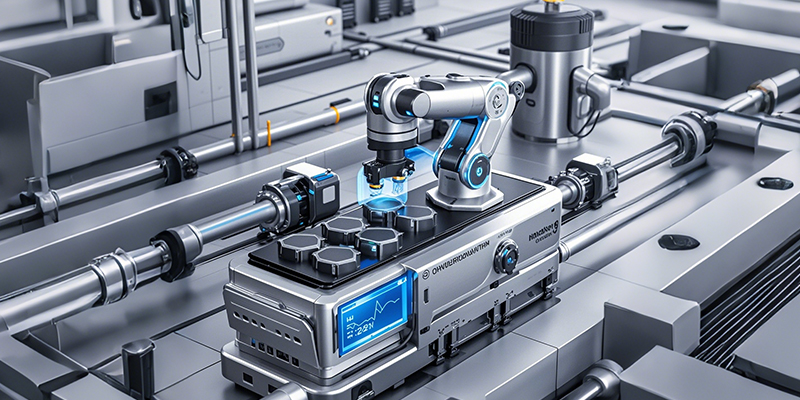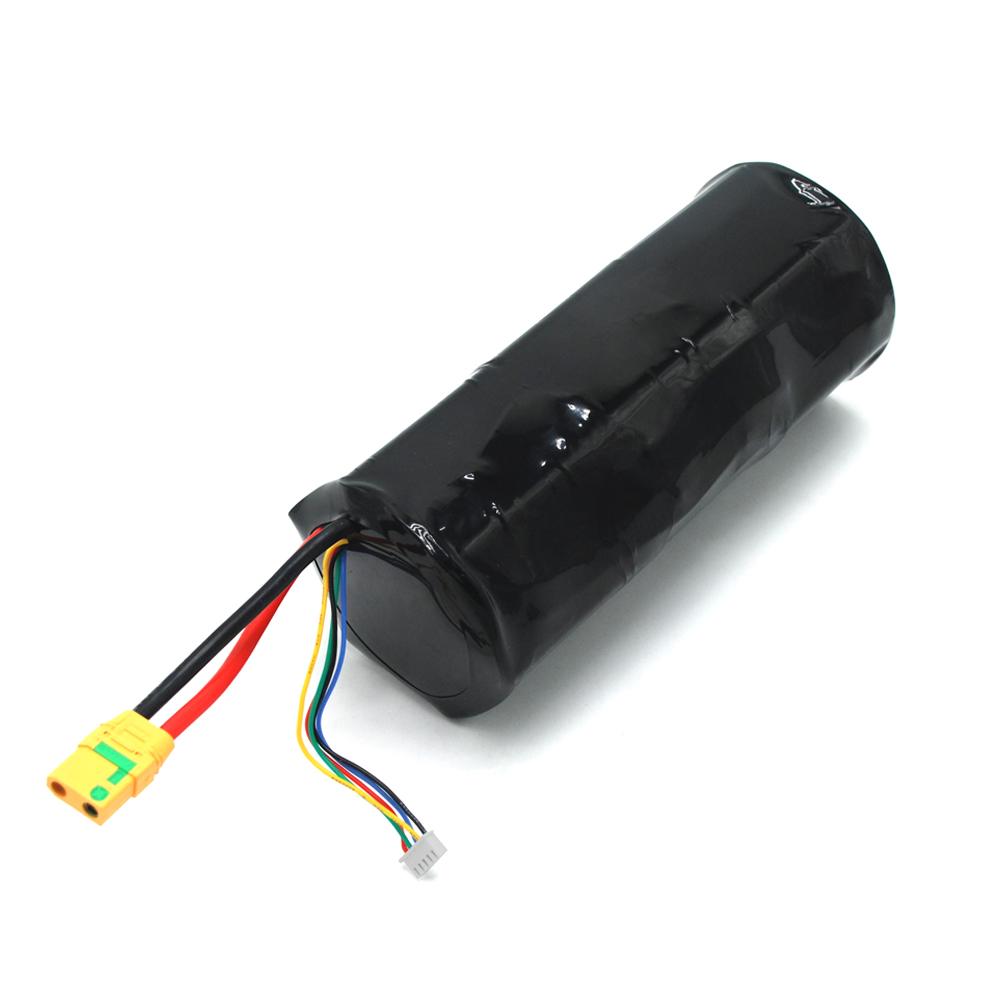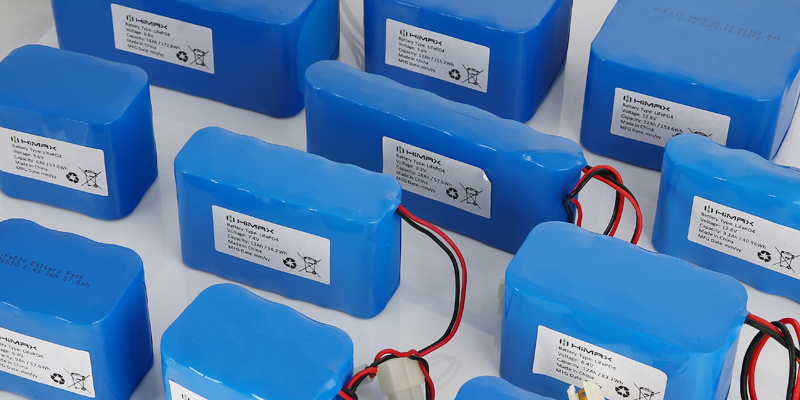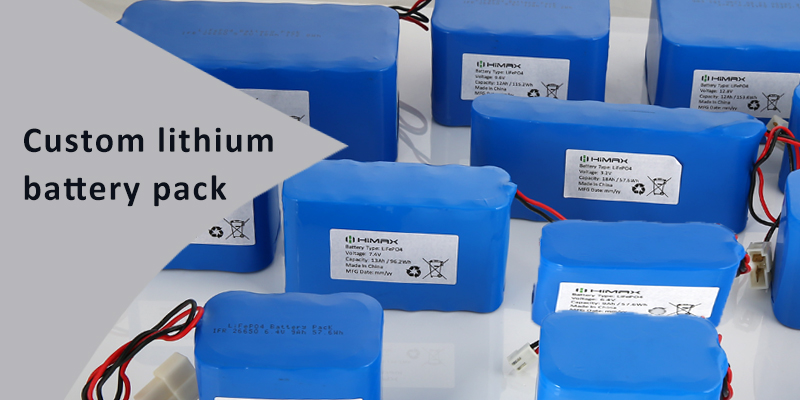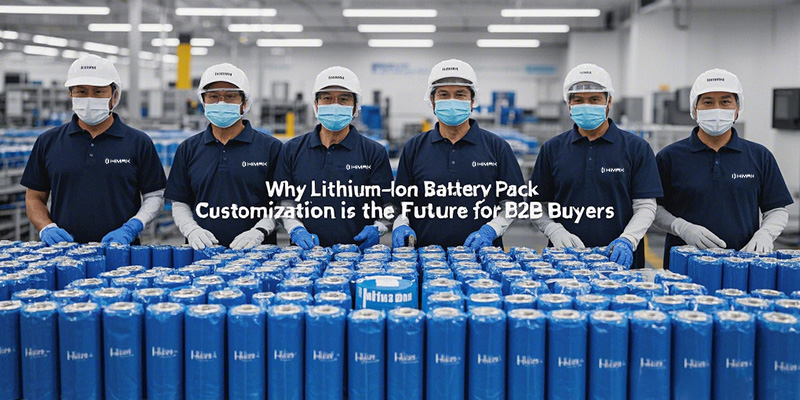What Are LiFePO4 Batteries? Core Benefits Explained
The Basics of LiFePO4 Batteries
A LiFePO4 battery is a type of lithium-ion battery with a lithium iron phosphate cathode. Its rock-solid chemistry delivers a steady 3.2V per cell and a lifespan of 2,000-5,000 cycles. Compared to old-school lead-acid or ternary lithium batteries, lithium iron phosphate batteries are safer at high temps, with a low risk of thermal runaway, and they’re free of heavy metals, aligning with green trends.
Key Specs:
-
Nominal Voltage: 3.2V (per cell).
-
Capacity Range: Typically 50Ah-300Ah, fitting various devices.
-
Depth of Discharge: Safe to drain up to 80%-100%, way better than lead-acid’s 50%.
Why Go for LiFePO4 Batteries?
-
Safety First: No explosions or fires, perfect for home storage or EVs.
-
Longevity: Lasts 5-10 times longer than lead-acid, saving you money.
-
Lightweight: Weighs a third of lead-acid batteries for the same capacity, great for portable gear.
-
Eco-Friendly: No cadmium or lead, matching 2025’s push for clean energy.
Use Cases: Electric bikes, solar storage, camping power, marine applications, and more.
Voltage-SOC Chart: Know Your Battery’s Status
Why You Need a Voltage-SOC Chart
The SOC (State of Charge) shows how much juice your LiFePO4 battery has left, and voltage is the go-to clue for figuring it out. A voltage-SOC chart helps you track battery health, avoid overcharging or deep discharging, and stretch its lifespan. Below is a reference chart for a single LiFePO4 battery cell (3.2V nominal) at 77°F with no load:
| SOC (%) | Voltage (V) |
| 100 | 3.60-3.65 |
| 90 | 3.35-3.40 |
| 80 | 3.32-3.35 |
| 70 | 3.30-3.32 |
| 50 | 3.27-3.30 |
| 30 | 3.25-3.27 |
| 20 | 3.20-3.25 |
| 10 | 3.00-3.20 |
| 0 | 2.50-3.00 |
Heads-Up: Voltage varies with temperature, load, and battery age. Pair with a BMS (Battery Management System) for precise SOC readings.
How to Use the Voltage-SOC Chart
-
Daily Monitoring: Check voltage with a multimeter or BMS and match it to the chart. For example, 3.32V means about 80% SOC.
-
Prevent Over-Discharge: Recharge when SOC dips below 10% (voltage <3.0V) to avoid damage.
-
Calibrate Your BMS: Fully charge to 3.65V and discharge to 20% (3.20V) monthly to keep SOC accurate.
Real-World Example: A camper using a 100Ah LiFePO4 battery noticed the voltage hit 3.25V (around 30% SOC) and recharged in time, saving the battery from harm.
Charging Smarts: Boost Performance and Longevity
Recommended Charging Specs
Charging your LiFePO4 battery right is key to maxing out its life. Here’s the 2025 playbook:
-
Charging Voltage: 3.50-3.65V per cell (aim for 3.60V); too high risks overcharging.
-
Charging Current: 0.2C-0.5C (e.g., 20A-50A for a 100Ah battery); 1C for fast charging.
-
Charging Mode: Use CC-CV (constant current, constant voltage)—charge at constant current to 3.60V, then hold voltage until current drops to 0.05C.
-
Charging Temperature: 32°F-113°F, best at 77°F; preheat for cold charging.
Gear Tip: Grab a smart charger designed for LiFePO4 batteries, steering clear of ternary lithium or lead-acid settings.
Charging Do’s and Don’ts
-
Avoid Overcharging: Install a BMS with overvoltage protection (3.65V per cell) to prevent swelling.
-
Balance Charging: For multi-cell packs, balance monthly to keep voltages even.
-
Limit Fast Charging: Use 1C charging only when rushed—frequent fast charges may shorten life.
-
Charge Regularly: Keep SOC between 20%-90% for longer cycles; shallow charge-discharge is best.
Stat: LiFePO4 batteries kept at 20%-90% SOC last 30% longer than those fully charged often.
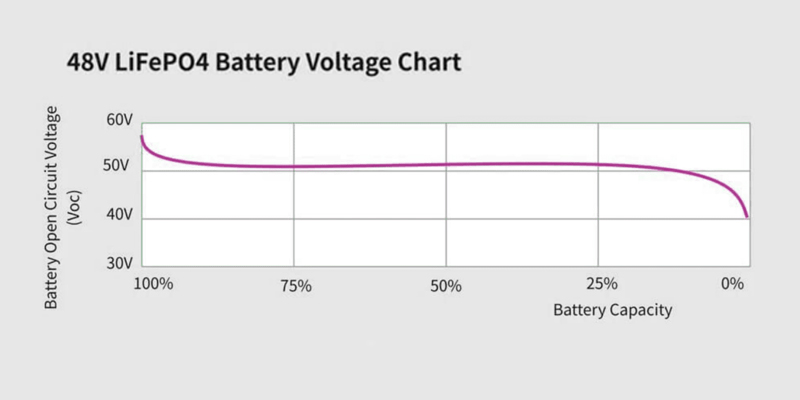
Storage Essentials: Keep Your Battery in Top Shape
Short-Term Storage (1-3 Months)
For short-term LiFePO4 battery storage, follow these steps:
-
Charge Level: Store at 50%-60% SOC (around 3.27-3.30V) to avoid full depletion.
-
Environment: Keep at 59°F-77°F, humidity <70%, away from direct sun or dampness.
-
Check-Ups: Monthly voltage checks—if below 3.20V, top up to 3.30V.
Example: A boater stored a LiFePO4 battery at 50% SOC in a dry cabin, and after three months, it was still good as new.
Long-Term Storage (Over 3 Months)
Long-term storage needs extra care:
-
Starting Charge: Charge to 50%-60% (3.27-3.30V).
-
Conditions: Store at 32°F-95°F, ideally 50°F-68°F; avoid freezing or extreme heat.
-
Maintenance: Every three months, check and recharge to 50% to counter self-discharge (1%-2% monthly).
-
Moisture Protection: Use a sealed plastic case or moisture-proof bag to shield terminals.
Warning: If a LiFePO4 battery’s SOC hits 0% during long-term storage, it risks permanent damage from deep discharge.
Frequently Asked Questions (FAQs)
Q1: How do I use the voltage-SOC chart for LiFePO4 batteries?
A: Measure your LiFePO4 battery’s voltage with a multimeter and check the chart—like 3.35V for ~90% SOC. A BMS gives sharper readings.
Q2: Is it okay to fully charge a LiFePO4 battery daily?
A: Not ideal. Keep SOC at 20%-90% for longer life; full charge to 3.65V monthly to balance the lithium iron phosphate battery.
Q3: Are LiFePO4 batteries good in cold weather?
A: Charging below 32°F needs preheating, or capacity drops. LiFePO4 batteries handle discharging at -4°F but lose some efficiency.
Q4: How do I safely store a LiFePO4 battery?
A: Store at 50% SOC in a dry 59°F-77°F spot, recharging to 3.30V every three months to avoid over-discharge.
Q5: Where can I buy quality LiFePO4 batteries?
A: HIMAX offers certified LiFePO4 batteries with reliable performance and solid support for all sorts of uses.
Q6: Can LiFePO4 batteries be connected in series?
A: Yes, LiFePO4 batteries can be wired in series, but keep these in mind:
-
Voltage Matching: Ensure all cells have similar voltage, capacity, and internal resistance to avoid overcharging or over-discharging.
-
Balancing Protection: Use a BMS with active balancing to keep cell voltages aligned.
-
Charger Compatibility: Choose a charger matched to the total voltage (e.g., 12.8V for 4 cells in series).
Q7: What’s the discharge current capacity of LiFePO4 batteries?
A: The discharge current depends on the battery’s rating (C-rate) and design:
-
Standard Models: Handle 1C-3C continuous discharge (e.g., 100A-300A for a 100Ah battery).
-
High-Rate Models: Up to 5C-10C (500A-1000A for 100Ah, short bursts), though it may reduce lifespan.
-
Peak Surge: Some power batteries can hit 15C-30C (seconds-long bursts).
Power Up with HIMAX LiFePO4 Batteries
LiFePO4 batteries are the go-to for 2025, blending safety, durability, and eco-friendliness. By mastering the voltage-SOC chart, fine-tuning your charging routine, and nailing storage, you’ll get the most out of your lithium iron phosphate battery. HIMAX’s LiFePO4 battery lineup offers 50Ah-300Ah options, built with premium lithium iron phosphate and smart BMS for top performance and safety. Priced from $100-$1,000, they’re perfect for EVs, solar setups, and outdoor adventures, backed by a 2-year warranty and expert support.

